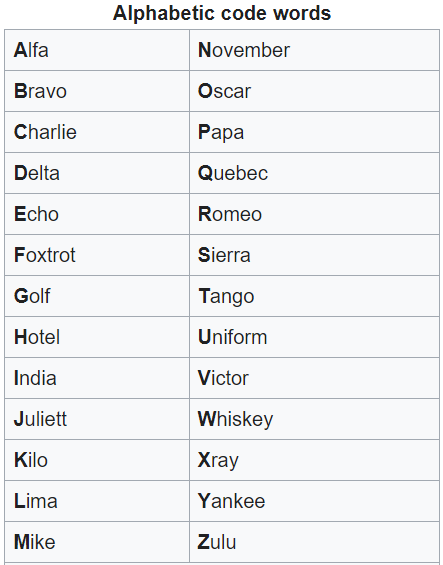Dealing with phone calls in an international business, is- or should be- part the daily working life. Moreover, unless you speak your interlocutor’s mother tongue, most of the calls will be in English, as it is the most widely spoken language in business. However, it can also be a tricky task. Indeed when speaking a foreign language, the phone conversation is the hardest situation, because:
- you can’t see your interlocutor which means:
- you can’t read his lips,
- you can’t see his expressions,
- you can’t see his gestures,
- the line can have poor quality, which would make the understanding harder.
- even if the line is good, the conversation, will never be as clear as a face to face meeting.
Consequently, in order to avoid misunderstanding, you need to be prepared.
How to answer the phone professionnaly in English?
A typical business call
In the video below, you can see how the lady answers professionnaly the phone:
‘Good morning, Chic Boutique, how can I help you?’
The professionnal way to answer customer’s phone calls in a company is this:
Good morning/ good afternoon, the name of the company, and: how can I help you?
You can also add your name between the name of the company and how can I help you.
A few basic typical sentences for business phone calls:
I would like to talk to …
I will put you through to Mr … (in French: je vais vous passer Mr …)
The line is engaged: (in French: la ligne est occupée )
Please hold the line (in French: un instant s’il vous plaît, veuillez patienter un instant)
Can I leave a message?
The right attitude on a business call
Even if the customer cannot see you, it is important to smile on the phone. This will convey an impression of happiness. Furthermore, when you listen to the customer take your time and remain focused, listen carfully and try not to interrupt him -unless he really speaks fast and you don’t get a word, in this case let him know and ask him nicely to speak more slowly-.
When you speak, speak clearly as
3 tips to avoid misunderstandings
Spelling with the NATO alphabet
In the video about, the Mr Wright uses the English alphabet to spell his name, which is absolutely correct. Nevertheless in a phone conversation, the understanding of the letter p, t or b can be challenging. That is why in an international call I would recommend to use the NATO Alphabet or even better both English and NATO Alphabet.
What is the NATO phonetic alphabet, and why is it vital in an international phone call?
According to Wikipedia, it is the most widely used set of clear-code words for communicating the letters of the Roman alphabet. It is a standard alphabet used in many countries and in military communication.

In the video below, you will be given an example of how this spelling technique can save situations. This is the example of a call center, but it works each time you want to get the proper information when it involves spelling words that can be key in a conversation and that you don’t understand: a name, an address, a specific product…
For instance, to spell SMITH, it would be : S for Sierra, M for Mike, I for India, T for tango, H for hotel
If you want someone to spell like that, you can ask : ‘Could you key-spell your name, please‘
If you don’t have much time you can start the video at minute 5′
Make your interlocutor repeat, make sure you understand properly
When you use a foreign language during a phone call, it is vital to feel free to inform your interlocutor if there is something you haven’t understood.
Could you repeat?
Do you mean that …?
Do not hang up before you make a summary of the conversation or actions you have to take.
Finally at the end of the conversation, make sure everything is clear. A short summary of the conversation will avoid mistakes. Make sure you wait for the customer feed-back on the summary before ending the conversation.